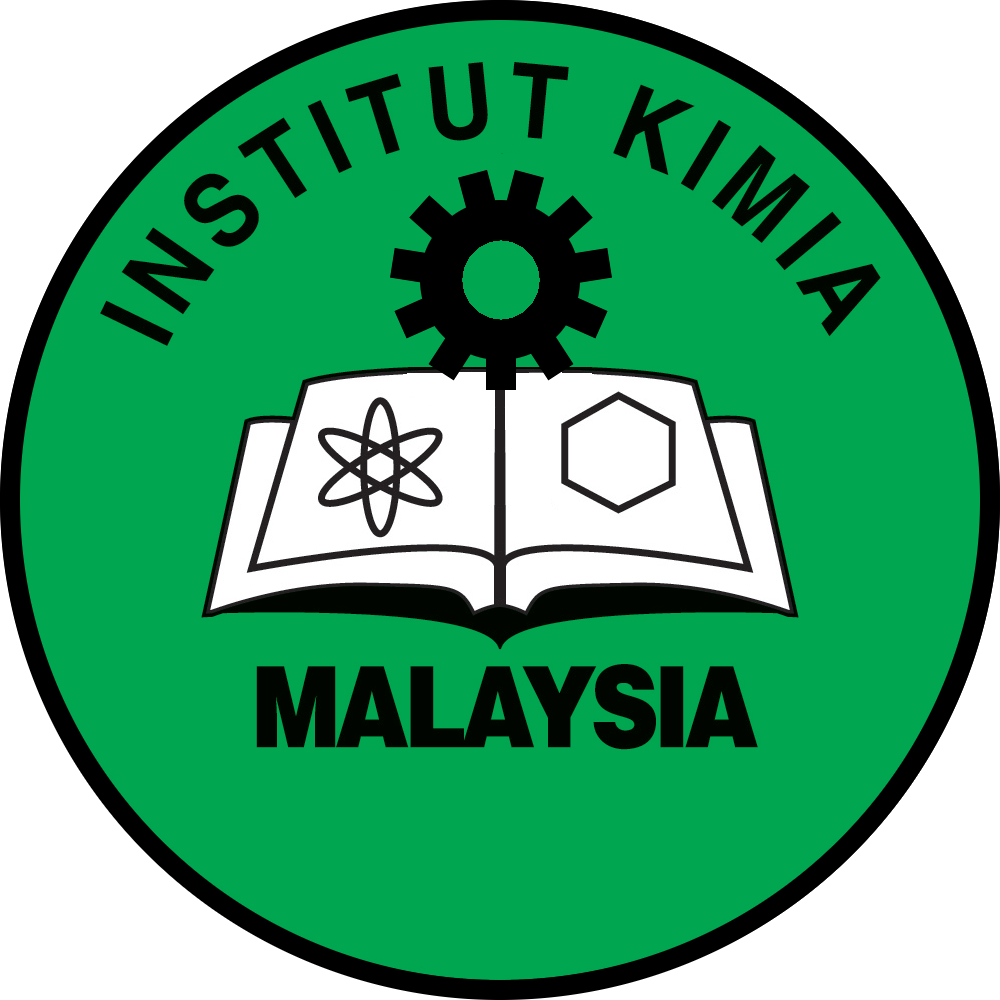Extraction of Asiaticoside from Centella asiatica using Ultrasonic-Assisted Enzyme Extraction
DOI: https://doi.org/10.55373/mjchem.v26i6.1
Keywords: Triterpene glycoside; asiaticoside; Ultrasonic; cellulase
Abstract
Triterpene glycosides are secondary metabolites in Centella asiatica that can heal skin wounds with their anti-inflammatory properties. Ultrasonic-Assisted Extraction (UAE) is an extraction method focusing on green technology applications producing high-frequency cavitation bubbles. The addition of cellulase enzyme increases the leaching ability of the solvent used in this extraction, ethanol, by breaking down the plant cell walls. This study focused on extracting triterpene glycosides from C. asiatica in the form of asiaticoside using ultrasonic-assisted enzyme extraction (UAEE). The unified system of enzymatic ultrasonication enhances the effectiveness of the extraction process of bioactive compounds. The parameters studied were cellulase enzyme volume (0.1 mL, 0.2 mL and 0.3 mL) and solvent concentration (50 %, 70 % and 90 % (v/v)). Phytochemical screening using Salkowski's test showed the formation of a red brick precipitate, indicating the presence of glycosides in all the samples. From the high-performance liquid chromatography (HPLC) analysis, the most optimum parameters were 50 % ethanol combined with 0.2 mL cellulase for an extraction yield of 0.796 mg/mL. Fourier Transform infrared spectroscopy (FTIR) analysis showed the presence of C-O bonds in the extract, consistent with asiaticoside. Scanning Electron Microscopy (SEM) results showed a massive difference in the physical surface structure of the sample before and after extraction. In conclusion, UAEE showed good potential for extracting triterpene glycosides, while being a green and eco-friendly extraction method.
